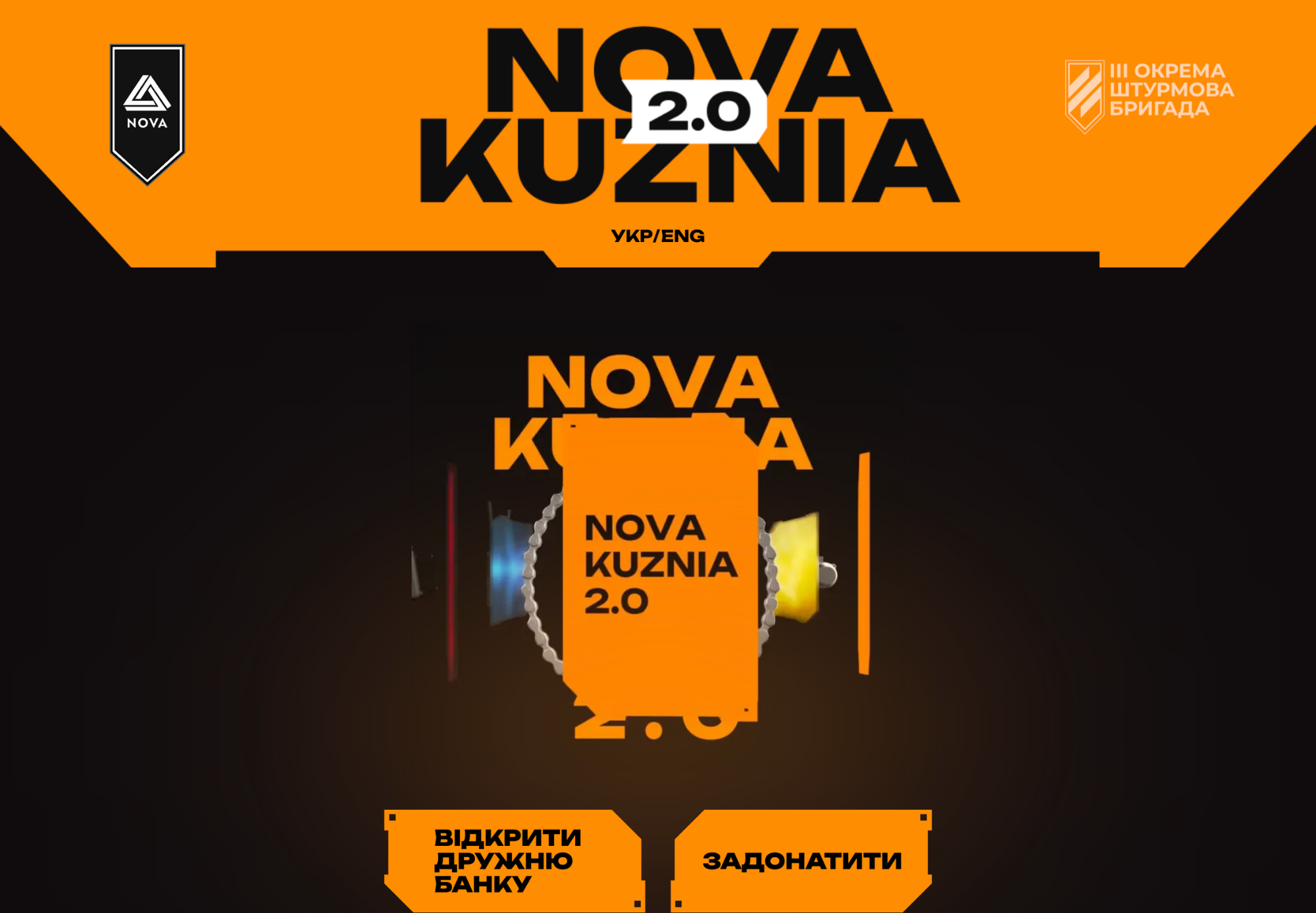How tactical medicine saves lives

In combat situations, it is not always possible to hospitalise the wounded immediately. However, some critical injuries in the military require an emergency response, and any delay in providing medical care can lead to deterioration or even death. That's why it's so important to know how to effectively help those injured on the battlefield. Earlier, we wrote about first aid and where civilians can learn it in Ukraine. In this article, we'll talk about tactical medicine, the standards of the TCCС, and the recommended contents of a first aid kit.
What is tactical medicine
Tactical medicine is a set of measures on the battlefield that are designed to save lives and prevent serious complications in servicemen who have been injured or wounded.
Tactical medics are professionals who are ideally able to provide emergency medical care in combat conditions, evacuate the injured, and have knowledge and skills in military affairs. Tactical medicine can be practised by medical professionals of different levels of training and specialities. Everyone can serve and save the military: first responders, paramedics, paramedics, doctors, etc.

The work of special forces and military groups without medical support can lead to unnecessarily high risks and delays in the provision of medical care. If the victims have to wait, it will have worse consequences for their health or lead to death. Tactical medics must provide quality medical care to those in need quickly and safely.
How the concept of TCCC came about
In the first half of the 1990s, the United States and the United Kingdom developed standards for pre-hospital care in combat.
In the UK, a course for the Special Air Service and the Special Boat Service was developed based on the Advanced Trauma Life Support (ATLS) guidelines.
At the same time, in 1993, the US Special Operations Command funded a two-year study to improve the care of the wounded on the battlefield. The result was the first edition of the Tactical Combat Casualty Care (TCCC) guidelines.

In 1996, the journal Military Medicine published an article entitled “Tactical Combat Casualty Care in Special Operations”, which described the American prehospital care guidelines based on the above-mentioned study. Since then, they have been reviewed annually by a committee consisting of military doctors, paramedics, and military personnel of various specialties and branches.
There are two versions of the prehospital care guidelines:
- Tactical Combat Casualty Care for Medical Personnel (TCCC MP);
- Tactical Combat Casualty Care for All Combatants (TCCC AC).
TCCC AC is a simplified version of TCCC MP, as it is designed for soldiers, not medical professionals.
TCCC in Ukraine
Tactical medicine in Ukraine includes the training of medical personnel involved in military operations, as well as emergency medical technicians and other healthcare professionals. It can also be useful in the civilian sector to prepare people who may face extreme situations. Therefore, the development of tactical medicine is important not only for the military, but also to improve the readiness of medical personnel to provide care in emergencies.

After the outbreak of full-scale war, the Ukrainian military and medical community gained access to official TCCC courses in the state language. The Ukrainian translation of the materials was made possible thanks to official permission from Deployed Medicine, one of the world's leading providers of medical training for the military. This has expanded the access of Ukrainian specialists to quality medical training, contributed to the development of military medicine infrastructure in Ukraine, and strengthened international cooperation. This is how foreign partners have once again recognised the importance of the Ukrainian army in the fight for peace.
How help is provided on the battlefield
During combat operations at the front, three categories of wounded are identified:
- soldiers who will die anyway;
- soldiers who are likely to survive;
- soldiers whose deaths can be prevented if they are treated immediately and properly.
In the latter case, the fate of the wounded often depends on the person who first provides assistance.

Assistance during hostilities is divided into three stages or zones:
- Care Under Fire — providing assistance under fire, in the area of attack.
- Tactical Field Care — providing assistance on the battlefield in a sheltered area.
- Tactical Evacuation Care — the transportation of victims to mobile field hospitals, military or civilian hospitals, and specialised clinics.
Each zone provides a different amount of assistance, depending on the tactical situation. But above all, it is important for a rescuer to always take care of his or her own safety.
In the red zone, under direct enemy fire, only the most threatening conditions are treated: critical bleeding is stopped by applying a tourniquet and the victims are moved to a safe place.
In the yellow zone, they can assess the condition of the wounded and provide the necessary assistance:
- Examine the wounded for life-threatening bleeding.
- Stop the bleeding using tamponade, direct pressure, tourniquets.
- Restore airway patency.
- Treat any open chest injuries. In case of tension pneumothorax, decompress.
- Check the condition of the tourniquet (if it was used in the red or yellow zone).
- Examine the casualty for minor bleeding.
- Check if the casualty has untreated wounds on the limbs that could be life-threatening. Treat them.
- Continue to treat other injuries (apply splints to fractures, dress other wounds, burns, etc.).
- Pass on information about the injured person to medical personnel (military paramedic, doctor or paramedic) or call 103.
- Record clinical examination data and information about the medical treatment performed.
- Monitor the injured person, check his or her breathing. If the person is conscious, talk to them and calm them down if possible.
The third stage — evacuation of the victim — is the timely escort to the place of non-medical or medical evacuation. Non-medical evacuation involves moving the victim using a non-medical vehicle or aircraft; the rescuer can stay with the victim during transport to help if necessary. In a medical evacuation, casualties are evacuated using a specialised ambulance or air ambulance, which has medical personnel to assist the casualty during transport.
MARCHE and KOLESO algorithms
On the battlefield, the main causes of preventable deaths, i.e. those that could have been prevented by providing first aid, are:
- critical (massive) bleeding;
- tension pneumothorax (the presence of air in the pleural cavity, which penetrates there as a result of damage to the lungs or chest wall and compresses the lung, causing impaired gas exchange);
- airway obstruction.
The algorithm for providing assistance is structured as follows: from stabilising the most threatening to the least threatening conditions. For example, massive bleeding can result in death in a few tens of seconds to several minutes; airway obstruction can result in death in two to seven minutes; and tension pneumothorax can result in death in several tens of minutes to several hours.

In tactical medicine, they act according to an algorithmic procedure. Combat medics are trained to provide assistance in a certain order. They use the acronym MARCHE:
M — Massive Bleedings.
A — Airway.
R — Respiration.
C — Circulation.
H — Hypothermia.
E — Everything else.
Thus, first, the presence of massive bleeding is checked, then the condition of the airways is checked to ensure that the victim can breathe. At the fourth stage, non-massive bleeding is stopped. The next step is to save the victim from hypothermia, or hypothermia, because due to blood loss, the victim's body often stops regulating its own body temperature, and the person can die. The term ‘everything else’ includes burns, eye and abdominal injuries, fractures, bruises and other types of injuries.
The Ukrainian version of the MARCHE algorithm is KOLESO:
K — bleeding.
O — examination of the airways.
L — lung condition.
E — respiratory efficiency.
C — heart function.
O — body examination and assessment of consciousness.
What should be in the first aid kit
An individual first aid kit increases a soldier's ability to provide self-help, and it can also be used by rescuers. When preparing the equipment, it is important to strike a balance between its weight and the minimum number of necessary items.

Recommended contents of the first aid kit from the Ukrainian company First Aid and Special Training FAST, which has been implementing innovations, conducting trainings and consultations in the field of first aid since 2014:
1. Non-sterile nitrile medical examination gloves — 2 pairs (minimum).
2. Rescuer scissors for cutting clothes and shoes (atraumatic) — 1 pc.
3. Waterproof marker — 1 pc. Used to mark information, such as the time of tourniquet application. A blue marker is recommended because it is unnatural, so it is difficult to confuse it with dirt or blood.
4. Tourniquet tourniquet — 2 pcs. In combat conditions, it is advisable to place one tourniquet on the external elements of the equipment, and keep the other in the first aid kit.
5. Hemostatic bandage (3 m or more in length) — 1 pc.
6. Compression bandage — 1 pc. Used for tamponade or dressing.
7. Mask with a valve for safe artificial lung ventilation — 1 pc.
8. Nasopharyngeal tube to ensure airway patency — 1 pc.
9. Occlusive sticker to counteract the risk of pneumothorax in penetrating chest wounds — 1 pair.
10. Reinforced adhesive tape — 1 pc. A roll of adhesive tape with the cardboard middle (removed to save space) is useful for fixation.
11. Gauze bandage (7 m long, 14 cm wide) — some additional quantity.
12. Israeli bandage — 1 pc. Used for fixing tamponade, stopping minor bleeding and fixation.
13. Thermal blanket — 1 pc.
14. Hydrogel dressing (size 10 x 10 cm and more) — 1 pc.
15. Eyeshield — 1 pc. Used as a fixation device in case of eye injury.
16. Triangular bandage for fixation — 1 pc.
The extended set is determined individually.







